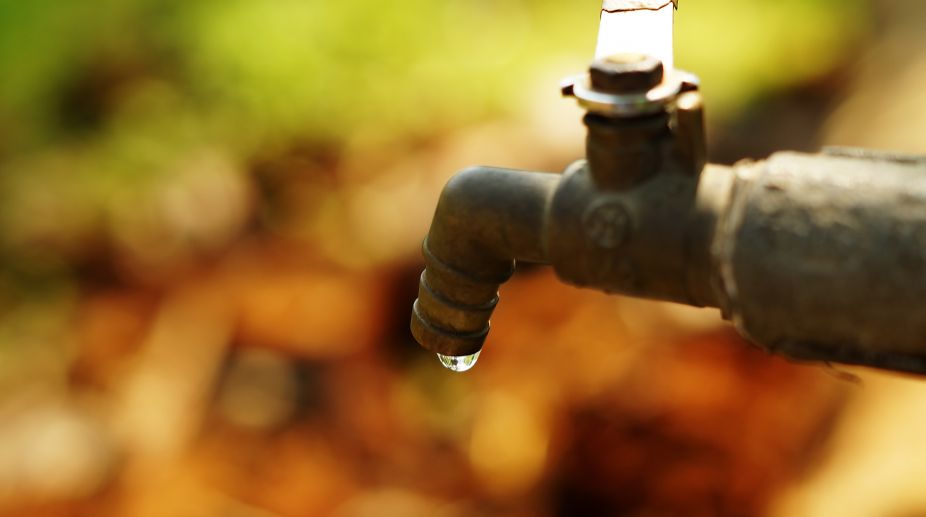A treatment widely used in the developing countries to clean contaminated water may damage the DNA of those drinking it, scientists have warned.
Despite poor evidence of their effectiveness as a water disinfectant, colloidal silver and silver nanoparticles are increasingly being promoted for treating potentially contaminated drinking water in low income countries.
A study led by the University of East Anglia (UEA) in the UK has concluded that there is a risk these treatments could in fact cause genotoxicity, which is damage to DNA, and affect reproduction and future generations.
Professor Paul Hunter from UEA said the study brings together existing research to highlight the potential risks.
“Colloidal silver as a water treatment is sold across Africa and in countries like Haiti, despite the fact it does not treat water very effectively.
“The World Health Organisation (WHO) advises against its use as a primary water treatment. If it is not doing any good, we wanted to investigate if in fact it could be causing harm,” said Hunter.
The research looked at previous studies where the effects of silver, silver nitrate and silver nanoparticles have been measured 'in vivo' – on living animals.
They found that, although results varied, more studies than they expected showed some evidence of genotoxicity, reporting effects including chromosomal aberrations, DNA fragmentation and damage to sperm.
“We already know that there is little evidence that silver in water has any benefit. But this study brings together a body of work which shows it is potentially damaging DNA, and harming reproductive success,” Hunter said.
Colloidal silver is also widely marketed as an alternative health substance which can treat everything from skin complaints to bacterial and viral infections, cancer and AIDS, researchers said.
Again, little research exists to show any beneficial effects, but there are known side effects. One of the more obvious signs of over-exposure to silver is argyria, where the skin and hair turns a blue-grey colour, they said.
WHO guidelines for drinking water quality do not currently include a value for silver in water, but indicate that a concentration of 0.1 milligrammes per litre could be tolerated without risk to health.
“While none of the previous studies alone are definitive, and we can not use them to determine a safe level of consumption from this review, we consider that the balance of evidence suggests there is the chance of damage to DNA,” said Hunter.











